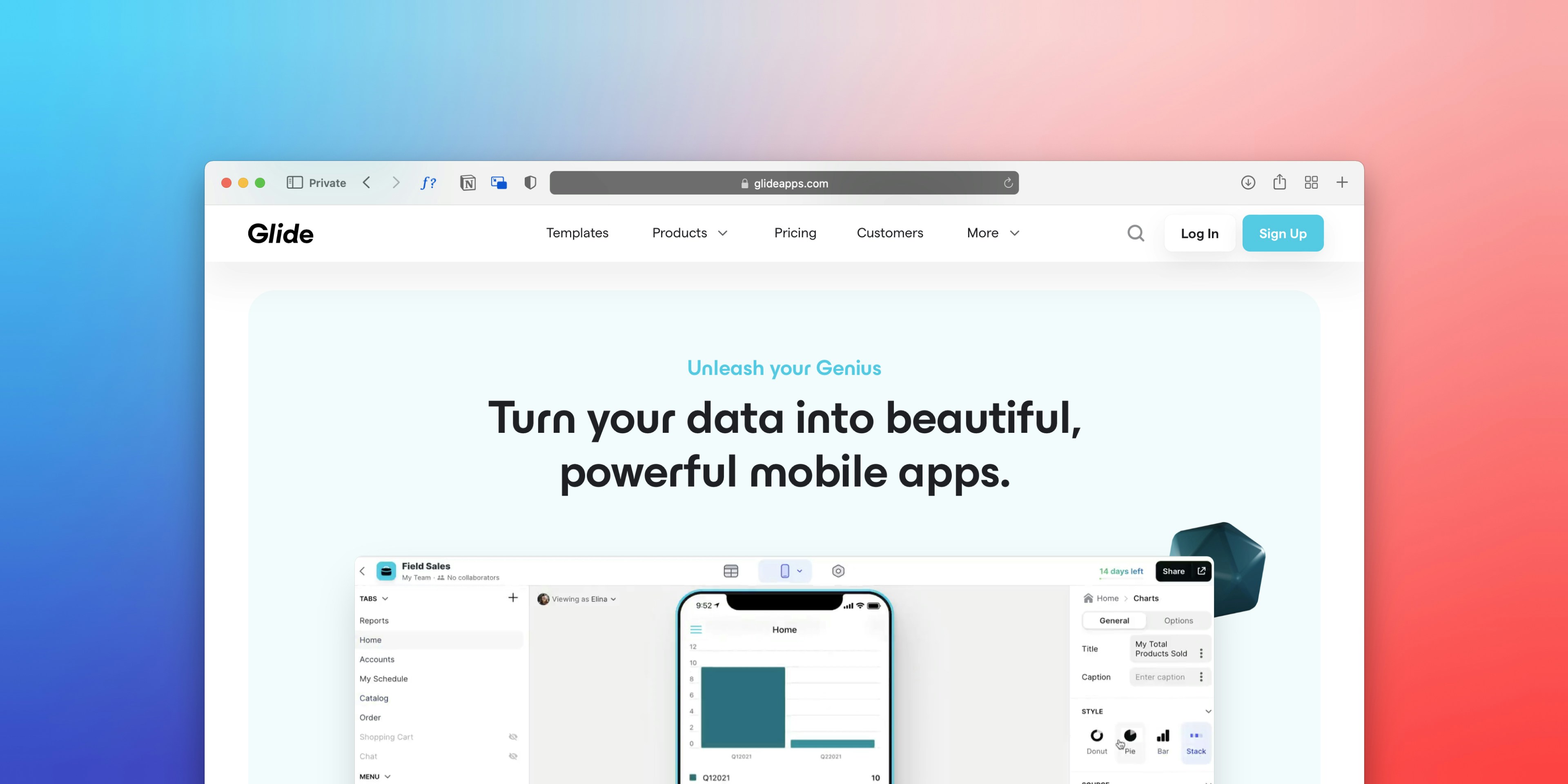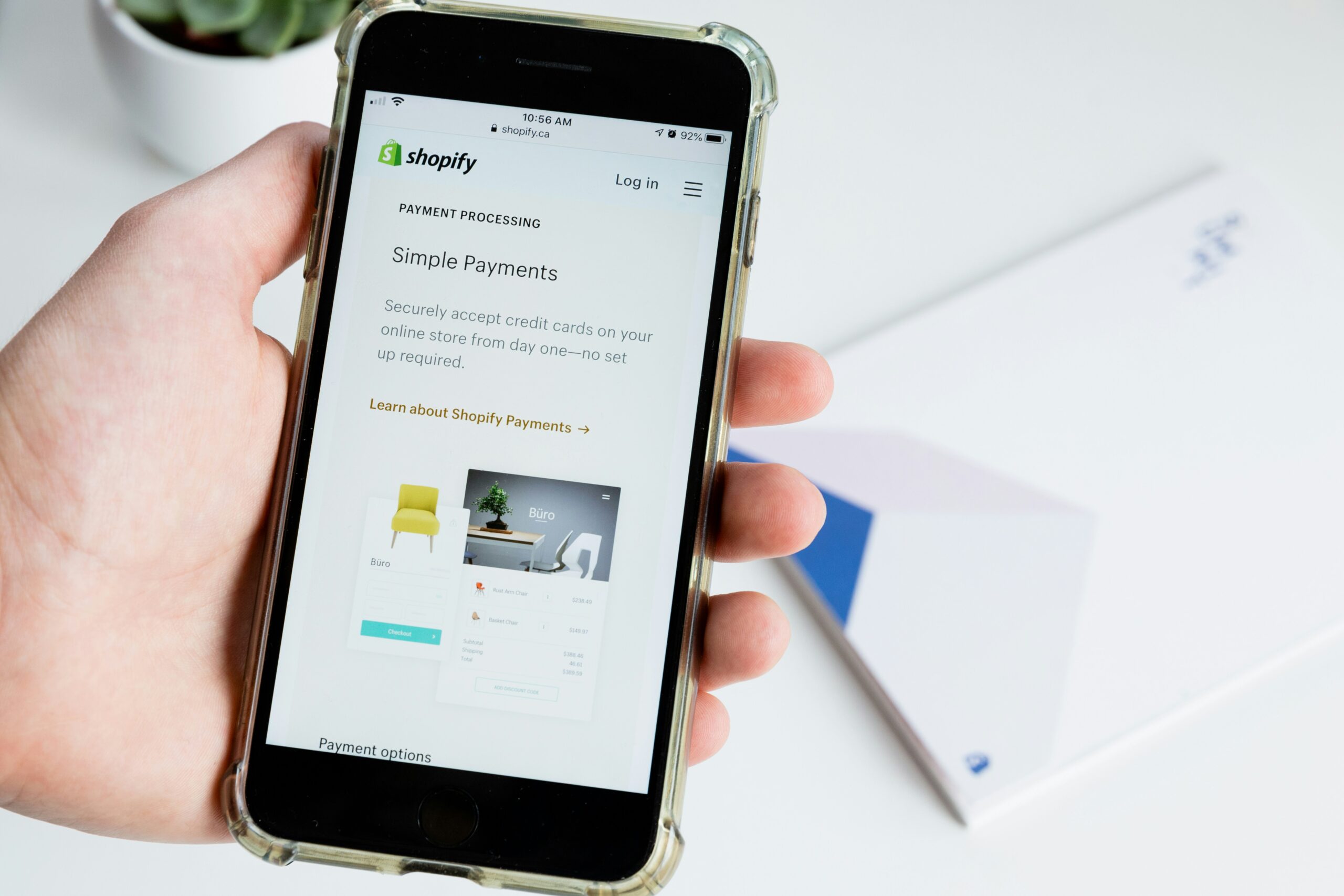The Symbiotic Relationship of App Development and Marketing
August 1, 2025 | by qqvmedia.com


Understanding App Development
The app development process encompasses a series of stages, each critical for transforming an initial concept into a fully functional mobile application. The journey begins with ideation, where developers brainstorm and refine ideas based on market needs, user feedback, and technological advancements. This phase is vital as it establishes the foundation for the project, aligning objectives with user expectations.
Following successful ideation, the planning phase takes precedence. It involves creating a detailed roadmap featuring timelines, resource allocation, and budgeting. Effective planning is essential as it directs the development team and ensures that all aspects of the project remain aligned with the end goals. During this phase, stakeholders must assess various app development methodologies, including Agile, Waterfall, or a hybrid approach, to identify which best suits their project’s needs.
After planning, the design stage commences, focusing on the user experience (UX) and user interface (UI). The design creates wireframes and prototypes that provide a visual representation of the app, ensuring it is intuitive and user-friendly. This is a critical step where developers must balance aesthetic appeal with functional usability.
Once the design is finalized, the actual development begins. This phase involves writing the code and integrating various components, ensuring the app functions seamlessly across different platforms. Developers commonly utilize tools and technologies such as React Native, Swift, or Kotlin depending on the targeted operating system. Rigorous testing follows the development stage, designed to identify and rectify any bugs or performance issues before deployment.
Finally, the app is deployed and made available to users. Deployment is not the end; it is just the beginning of continual updates and maintenance based on user feedback and emerging technologies, ensuring the app remains relevant and functional in a rapidly evolving digital landscape. Understanding these phases is critical for anyone involved in the app development lifecycle.
The Role of Marketing in App Success
Marketing serves as a pivotal element in the success trajectory of any application post-launch. With millions of apps competing for users’ attention, a well-structured marketing strategy is essential to ensure that an app not only garners visibility but also thrives in a saturated market. One of the primary approaches is app store optimization (ASO), which includes enhancing the app’s title, description, and keywords to bolster its search rankings. By optimizing these elements, developers can significantly improve the app’s chances of being discovered by potential users.
Another vital marketing strategy is social media marketing. Platforms like Facebook, Twitter, and Instagram provide opportunities to engage with potential users, showcase app features, and share user testimonials. This interaction fosters a community around the app, which can lead to organic user growth through word-of-mouth referrals. Leveraging social media also allows for targeted advertising campaigns that can reach specific demographics, boasting a higher conversion rate than general advertising methods.
Targeted advertising, whether through social media platforms or search engines, is crucial for user acquisition. This approach enables marketers to deliver tailored messages to audiences most likely to download the app. Working closely with analytics tools to assess user behavior assists marketers in refining their strategies, ensuring they effectively attract the intended audience. Furthermore, implementing retargeting campaigns can assist in user retention by reminding previous visitors about the app, encouraging them to complete the download process.
Lastly, a comprehensive marketing strategy builds brand loyalty, enhancing user retention. By continuously engaging users through updates, notifications, and community-driven content, developers retain their users long after the initial download. The symbiotic relationship between marketing and app development ultimately drives long-term growth, ensuring that an app not only survives but flourishes in a competitive landscape.
Integrating Development and Marketing Efforts
In the rapidly evolving landscape of mobile applications, the integration of app development and marketing efforts has emerged as a critical factor for success. When development teams and marketing professionals collaborate effectively, it enables a more robust and cohesive strategy, ultimately maximizing the app’s potential in a competitive marketplace. Establishing clear communication channels between these two groups ensures that both technical capabilities and market demands are aligned, facilitating the creation of an application that not only functions well but resonates with its target audience.
One effective method to foster collaboration is through regular cross-functional meetings. These gatherings provide opportunities for developers and marketers to share insights, discuss progress, and align their objectives. For example, developers can communicate technical constraints that may impact marketing strategies, while marketers can inform developers about user engagement trends and feedback. Additionally, utilizing project management tools can help track project milestones and maintain transparency, allowing both teams to stay informed and engaged throughout the app development lifecycle.
Feedback loops are another essential mechanism for integrating development and marketing efforts. Incorporating user feedback early in the development process enables marketers to understand customer preferences while giving developers the data needed to enhance user experience. Companies like Airbnb have demonstrated the benefits of this synergy by leveraging data-driven insights to refine their app features based on user behavior and feedback, resulting in improved user satisfaction and significantly higher retention rates.
Furthermore, case studies from successful firms indicate that a well-timed marketing strategy can lead to higher adoption rates right after the app launch. In such instances, the seamless coordination between the marketing and development teams allows for a compelling narrative regarding app features and functionalities, assuring that the target audience is well-informed and enthusiastic about the product. A clear alignment of goals ultimately leads to a stronger market presence and better performance outcomes for the application.
Measuring Success: KPIs and Metrics
In the realm of app development and marketing, the measurement of success is paramount for sustaining growth and ensuring continuous improvement. Key Performance Indicators (KPIs) and various metrics play a crucial role in determining the effectiveness of both development and marketing strategies. Understanding and effectively utilizing these metrics can provide invaluable insights into user behavior, app performance, and market reception.
User engagement metrics are among the primary indicators that reflect how effectively an app captivates users. Metrics such as daily active users (DAU) and monthly active users (MAU) are essential for assessing engagement levels. These figures provide insight into user retention and satisfaction. A high DAU indicates that the app is not only downloaded but actively used, thereby signaling successful user engagement strategies.
Retention rates further contribute to this measure of success, serving as an indicator of how well an app retains its users over time. High retention rates signify that users find value in returning to the app, which can inform development decisions and marketing initiatives. Analyzing user cohorts allows developers and marketers to pinpoint the features or content that foster loyalty, guiding enhancements and promotional efforts.
Conversion rates are another critical metric, particularly relevant to marketing strategies. This measures the percentage of users who complete desired actions, such as signing up for a newsletter, making in-app purchases, or engaging with advertisements. A higher conversion rate suggests that marketing tactics are effectively reaching and persuading the target audience. Utilizing A/B testing alongside these metrics can further refine approaches, ensuring that marketing strategies align with user preferences.
By integrating data analytics into the evaluation of these metrics, app developers and marketers can gain a comprehensive understanding of performance. Continuous monitoring and analysis of KPIs allow for agile adjustments, paving the way for iterative improvements and sustained success in an increasingly competitive market.
RELATED POSTS
View all


